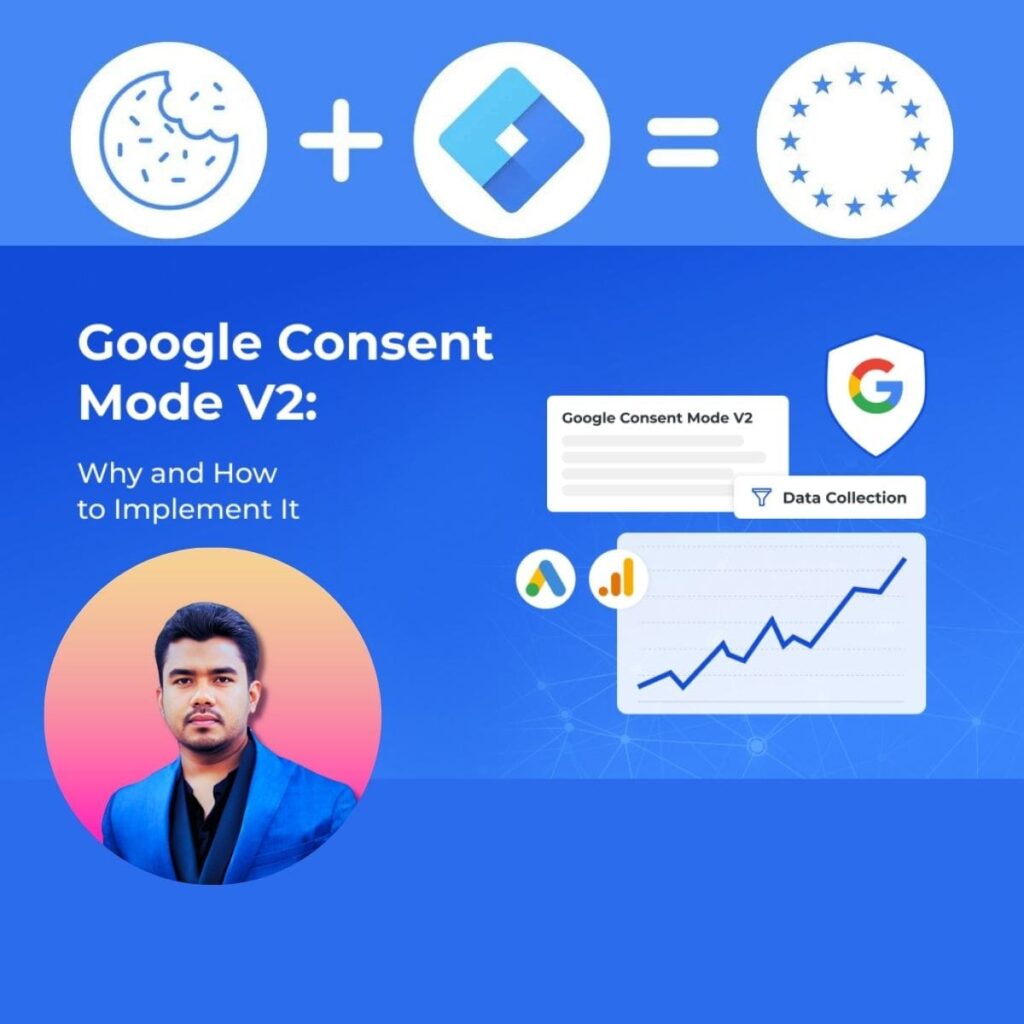A buyer persona is a detailed, fictional character that represents your ideal customer. It is created based on market research and real data about your existing customers. Here’s a simple guide to understanding and using buyer personas.
Why Do Buyer Personas Matter?
- Personalization:
- Helps you create tailored marketing content that resonates with your target audience, leading to repeat customers and higher sales.
- Product Development:
- Offers insights that can inspire improvements to your products or services. For example, knowing your audience’s preference for grilling can lead to developing specific grilling utensils.
- Marketing and Sales:
- Allows for more effective marketing campaigns, better sales conversions, and improved customer satisfaction by understanding your customers’ needs and wants.
Key Elements of a Buyer Persona
- Demographics:
- Age, gender, income level, location, education, marital status, and occupation.
- Psychographics:
- Interests, hobbies, values, lifestyle, and personality traits.
- Behavioral Information:
- Buying behavior, product usage, brand loyalty, and decision-making processes.
- Needs and Goals:
- What problems is your ideal customer trying to solve? What are they hoping to achieve?
- Challenges and Pain Points:
- What obstacles are they facing? What frustrations are they experiencing?
- Media Consumption Habits:
- Where do they get their information? What social media platforms do they use?
- Buying Process:
- How do they typically make purchasing decisions? What factors influence their choices?
- Preferred Communication Channels:
- How do they prefer to receive information, such as through email, social media, or face-to-face interactions?
- Technology Use:
- Their proficiency with technology and preferred devices or platforms.
How to Create a Buyer Persona
- Research:
- Gather data from market research and your existing customers.
- Include Details:
- The more detailed, the better. Consider including demographics, psychographics, behavior patterns, motivations, and goals.
- Give Them a Face:
- Use stock photography or illustrations to make your persona more relatable.
- Use Real Data:
- Base your persona on real data and research to ensure accuracy.
Benefits of Using Buyer Personas
- Targeted Marketing:
- Develop marketing strategies that specifically target your ideal customers.
- Enhanced Product Development:
- Focus on features that address the needs and desires of your target audience.
- Improved Customer Service:
- Understand the preferences and behaviors of different customer segments.
- Aligned Sales Strategies:
- Craft sales strategies that better resonate with potential buyers.
Example of a Buyer Persona
Name: Sarah the Savvy Shopper
- Demographics:
- Age: 35
- Gender: Female
- Income: $70,000/year
- Education: Bachelor’s Degree
- Occupation: Marketing Manager
- Psychographics:
- Interests: Cooking, traveling, fitness
- Values: Quality, sustainability, convenience
- Lifestyle: Busy professional with a family
- Behavioral Information:
- Prefers shopping online
- Loyal to brands that offer excellent customer service
- Researches products thoroughly before buying
- Pain Points:
- Limited time for shopping
- Frustration with poor-quality products
- Goals and Objectives:
- To find reliable products that make her life easier
- To balance work and family efficiently
- Preferred Communication Channels:
- Email for promotions
- Social media for updates and tips
- Technology Use:
- Uses a smartphone for most online activities
- Active on social media platforms like Instagram and Pinterest
Creating and using buyer personas can transform your marketing efforts, product development, and overall customer satisfaction. They help you see your audience as real people with real needs, making your business strategies more effective.

